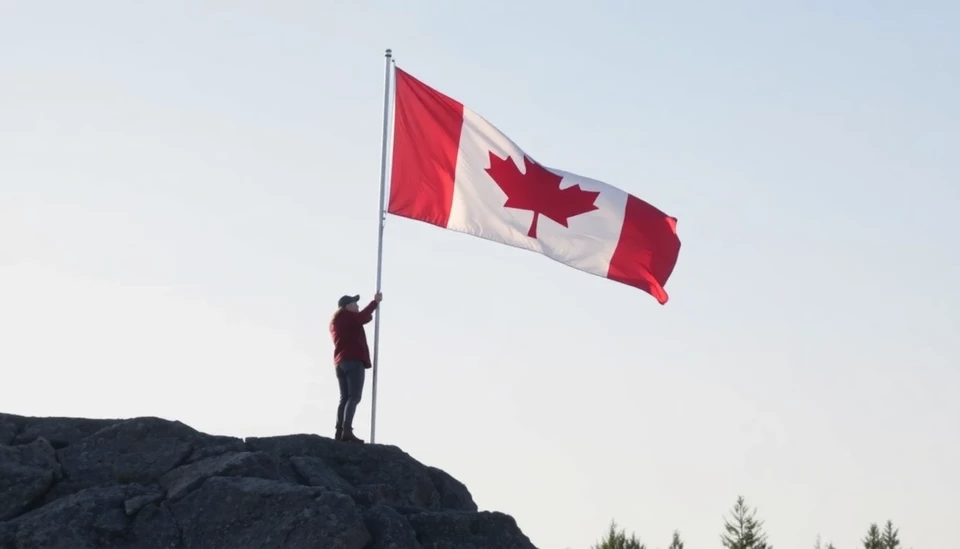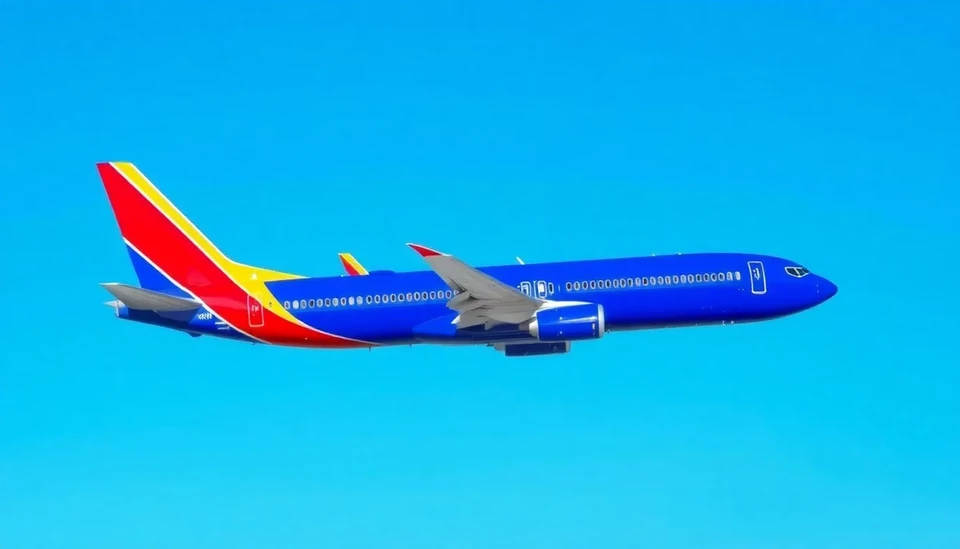
Recent trends indicate a significant decline in the number of Canadians and Europeans traveling to the United States. This reduction in tourism raises questions about the factors influencing these decisions and what it means for the travel and hospitality sectors in the U.S.
One of the most notable reasons for the reduced travel is the impact of stringent border policies that have persisted since the pandemic. While many restrictions have eased, the residual effects are still palpable in the travel habits of individuals from Canada and Europe. The desire to avoid lengthy immigration lines and unpredictable customs experiences weighs heavily on potential visitors. Consequently, many are turning to alternative destinations that present fewer hassles during their vacation planning.
Additionally, economic considerations play a critical role in this shift. The fluctuating exchange rates and rising costs associated with traveling to the U.S. have made trips to the country less attractive. For many, the financial burden outweighs the appeal of visiting iconic American destinations. In contrast, nearby countries offer more favorable pricing, encouraging tourists to explore these alternatives instead.
Observations reveal that Canadians are particularly adapting their travel preferences due to these implications. With a strong dollar against the weak Canadian currency, fewer citizens are willing to spend their resources on what they perceive to be a less rewarding experience in the U.S. This change marks a stark contrast to previous years when the U.S. was a favored destination for Canadian travelers.
Europeans, too, are reassessing their travel plans. A combination of soaring airfares, complex entry requirements, and heightened concerns about safety have led many to choose domestic tourism or explore other regions like Asia or South America. Recent data highlights a drop in bookings for U.S. destinations, indicating that many are skipping the U.S. in favor of more accessible or economical options.
The implications of this trend extend beyond individual travelers. The decline in international visitors is expected to hit the U.S. economy hard, particularly the hospitality and services sector. Major cities that depended heavily on tourism like New York and Los Angeles could see a significant downturn in revenue if current trends continue.
In response, many travel agencies and airline companies are attempting to attract Canadian and European tourists by introducing new packages, promotions, and incentives. Additionally, the U.S. government is being urged to simplify entry procedures and consider temporary measures to encourage international travel. Policymakers recognize that restoring confidence in the ability to visit the U.S. freely is paramount for both the economy and the travel industry.
As we move forward, it remains critical for stakeholders in the travel space to monitor these changing dynamics closely. Adapting to the newer landscape will determine how effectively the industry can recover and thrive in a post-pandemic world.
As travelers seek flexibility and convenience, the fate of U.S. tourism may hinge upon the ability to address these concerns tactfully and attract diverse visitors back to American shores.
#TravelTrends #USTourism #CanadianTravel #EuropeanTravel #TravelEconomics #BorderPolicies #TravelAlternatives
Author: Daniel Foster




